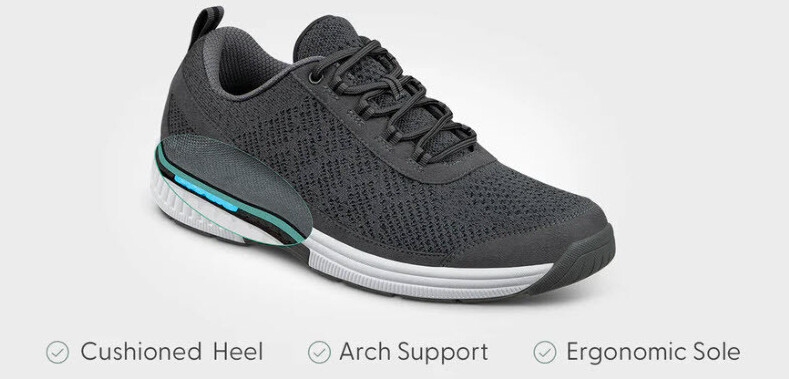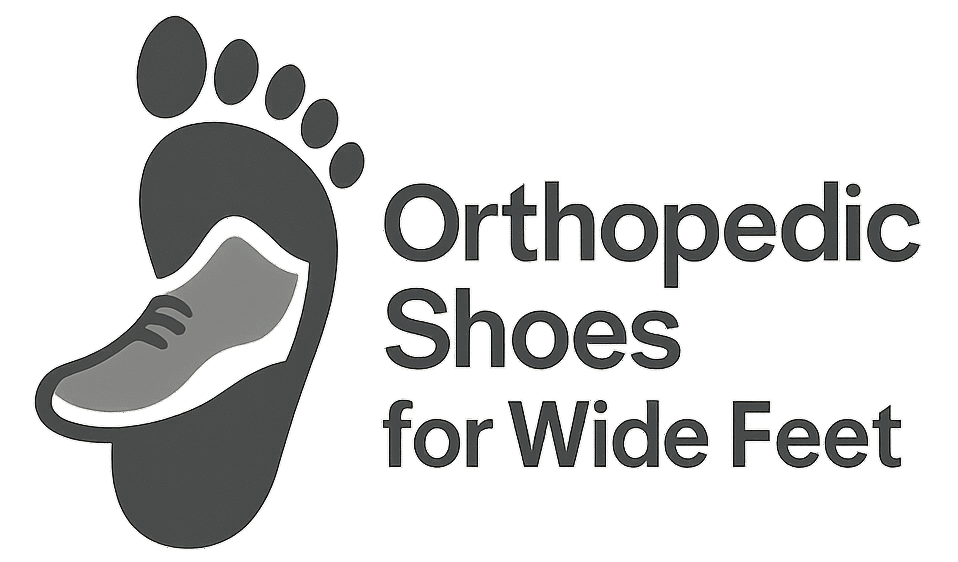
Orthopedic shoes aren’t your regular kicks. These gems are designed to deliver extra support, cushioning, and comfort. But what exactly makes them special?
First up, let’s talk about their structure. Orthopedic shoes often feature a contoured footbed, arch support, and ample room for your toes. Unlike regular shoes that might put fashion over function, orthopedic designs prioritize your foot’s health.
Materials matter too. High-quality orthopedic shoes use breathable fabrics and padding that reduce friction and the risk of blisters. Some even incorporate antimicrobial linings to keep your feet fresh and free from unpleasant odors.
Wondering how orthopedic shoes differ from everyday footwear? It’s all about targeting specific foot problems. Whether it’s flat feet, plantar fasciitis, or arthritis, these shoes cater to varied needs. The goal is to alleviate pain and prevent worsening of conditions.
Picking the right orthopedic shoes is crucial. You don’t just grab any pair from the shelf. Each foot is unique. Consulting with a podiatrist can provide insights into what features you need. Make sure to try on several pairs, walk around a bit, and see how they feel. Your perfect fit is out there, and it’s worth the hunt.
The Science Behind Shock-Absorbing Soles
Shock-absorbing soles are game-changers for anyone dealing with foot and joint pain. They act like mini-suspension systems for your feet, cushioning every step you take. But how do they work?
Shock absorption starts with the materials used. Popular choices include EVA foam, gel, and air pockets. Each of these materials has unique properties that absorb and disperse impact forces. EVA foam is lightweight and soft, making it excellent for everyday comfort. Gel layers are great for targeted pressure relief. Air pockets offer a bouncy feel, making your steps lighter.
These soles are more than just comfortable—they’re essential for joint health. Every time your foot hits the ground, your joints, especially your knees and hips, bear the brunt of the impact. Shock-absorbing soles help to minimize this impact, reducing wear and tear on your joints.
Advancements in technology have pushed the limits of what these soles can do. Companies are now using advanced biomechanics to design soles that adapt to different activities. Whether you’re walking, running, or standing for long periods, there’s a shock-absorbing sole tailored for it. Some even have smart features that can track your steps and adjust cushioning levels.
Investing in orthopedic shoes with shock-absorbing soles isn’t just about comfort—it’s about long-term joint health. If you’re on your feet a lot, or if you suffer from chronic pain, these shoes can make a significant difference.
Choosing the Right Orthopedic Shoes for Your Condition
Not all feet are created equal, and neither are orthopedic shoes. Finding the perfect pair involves knowing your specific needs.
Common conditions like flat feet, bunions, plantar fasciitis, and arthritis each have their own set of requirements. Flat feet often need sturdy arch support, while bunions benefit from extra toe room and softer fabrics. For plantar fasciitis, look for firm heel cups and good arch support. Arthritis sufferers usually need extra cushioning and flexible soles.
Assessing your own needs starts with understanding your daily activities. Are you mostly on your feet, or do you sit a lot? This can impact the type of shoe you need. For those with an active lifestyle, more robust shock absorption might be crucial. Make a checklist of your pain points and activity levels to guide your selection.
While it’s tempting to order shoes online, nothing beats trying them on in person. Feel the fit, walk around the store, and pay attention to how your feet respond. Take note of any pressure points or discomfort. Many orthopedic stores have trained staff to help you find the right fit, offering invaluable advice you won’t get from a screen.
Professional advice is golden. A podiatrist or orthopedic specialist can offer insights tailored to your specific condition. They can also recommend brands and models that have a track record of success with patients similar to you. Custom orthotics might also be an option if standard models fall short of providing enough support. Taking this step ensures you’re not just buying shoes but investing in your long-term health.
Maintaining and Caring for Your Orthopedic Shoes
Owning a good pair of orthopedic shoes is just the start; keeping them in top shape ensures they continue to protect your joints and feet. Regular maintenance is essential for maximizing their longevity.
Cleaning them properly is crucial. Stick to gentle cleansers and avoid soaking them in water. For fabric shoes, a damp cloth with mild soap usually does the trick. Leather options might need a specific cleaner and occasional conditioning to keep them supple.
Proper storage also matters. Store your shoes in a cool, dry place away from direct sunlight to prevent material deterioration. Using shoe trees can help maintain shape, especially for leather designs.
Monitoring wear and tear is vital. Over time, even the best orthopedic shoes will degrade. Keep an eye on the outsoles and insoles. If you notice significant heel wear or the cushioning feels less effective, it’s time to replace them. This holds true even if they still look good on the outside.
Regularly rotating between pairs can extend their life. If you use the same pair daily, they’ll wear out faster. Having an alternate pair gives each one time to air out and recover from the day’s wear. Plus, this keeps your feet happy by varying the pressure points and support throughout the week.
By taking these steps, you can ensure your orthopedic shoes remain as effective as the day you bought them. Investing in their care is an investment in your overall foot health.
